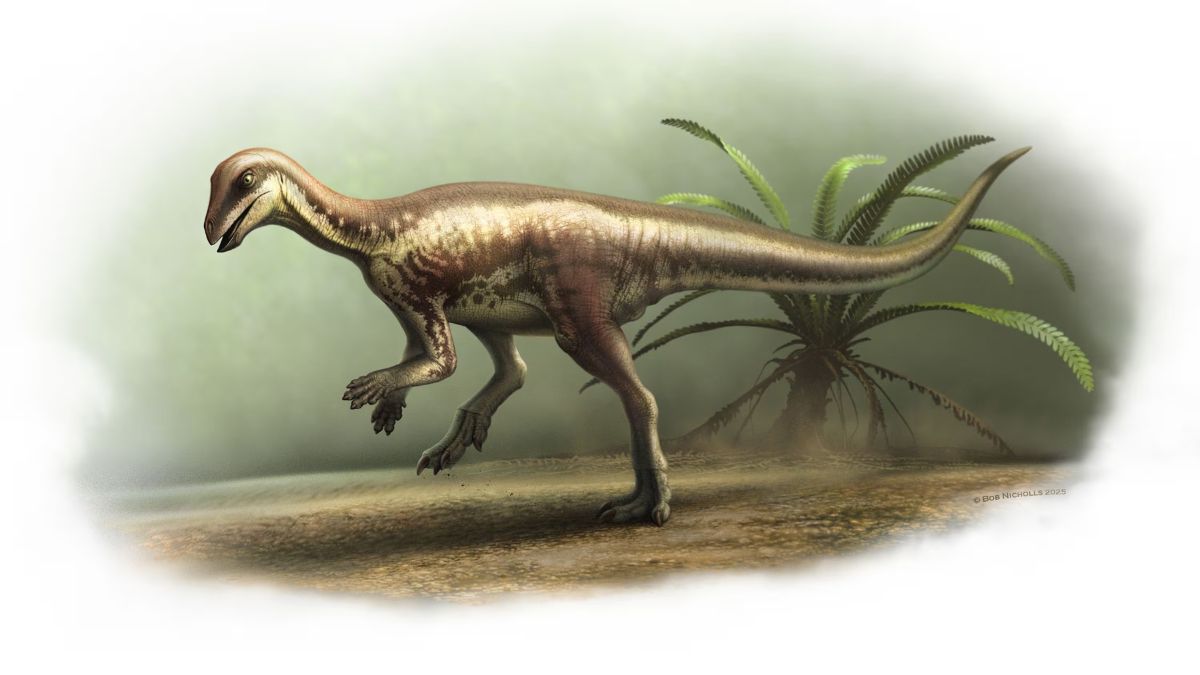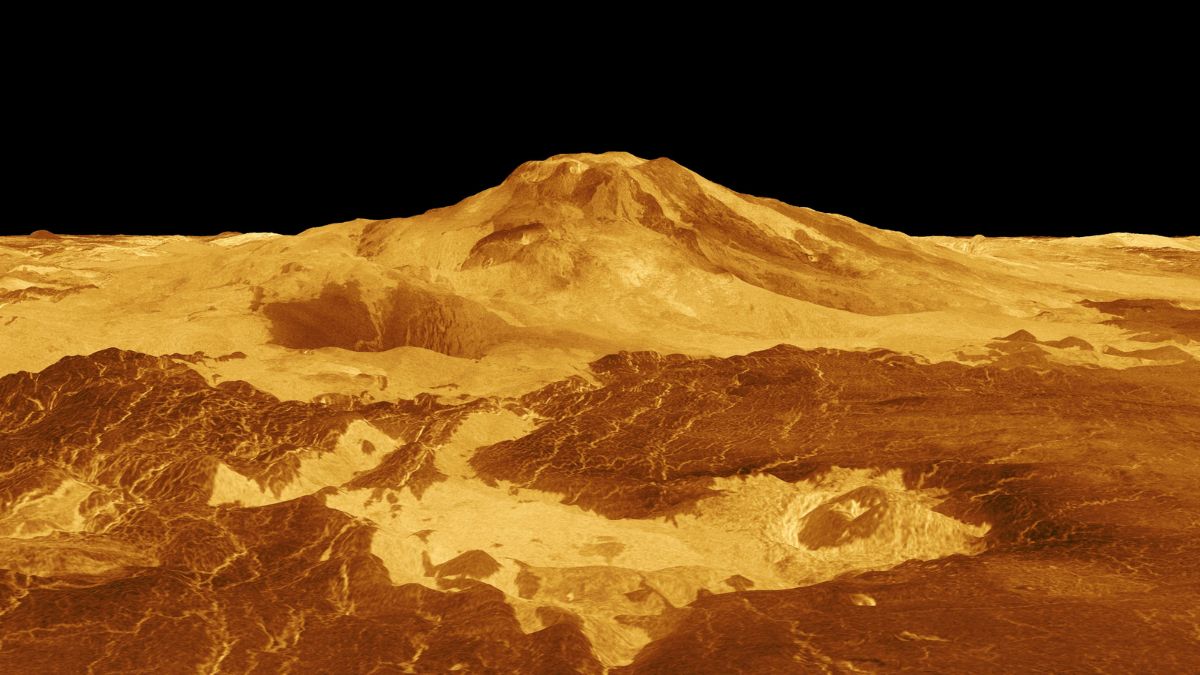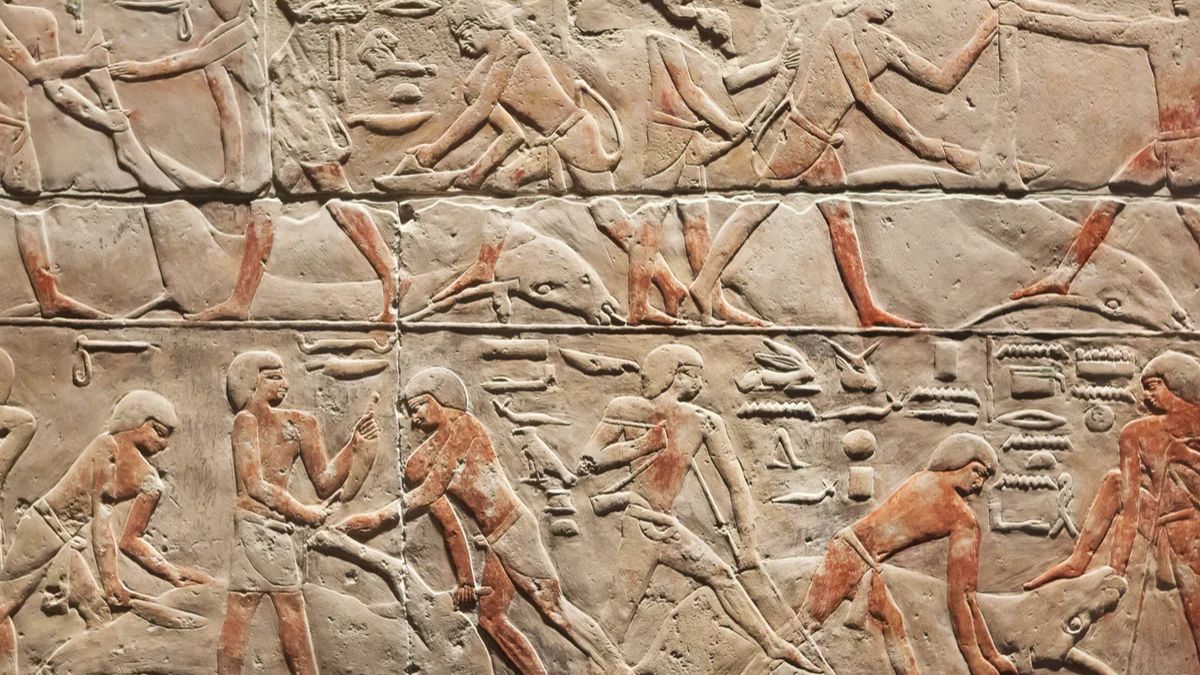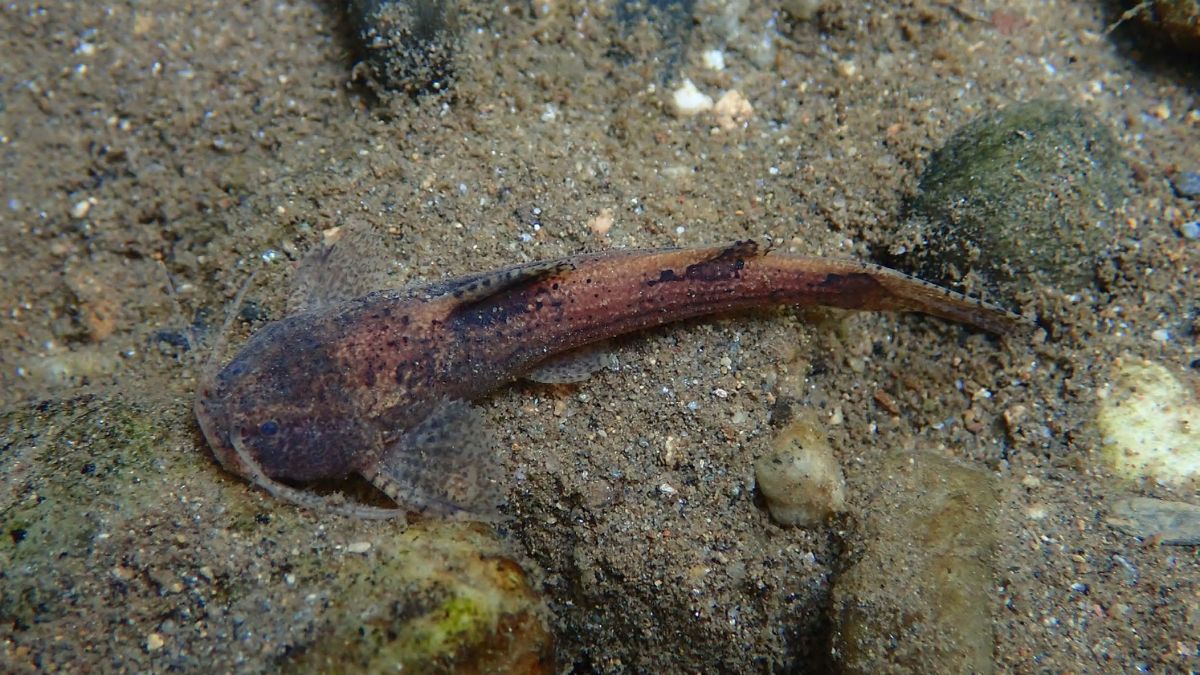We’re used to hearing about ancient bones, artifacts, or fossilized plants in the world of paleontology, but every once in a while, something truly exciting is uncovered. This time, it’s a brand-new species of dinosaur — and not the giant, terrifying kind you’d expect.
Say hello to Enigmacursor mollyborthwickae, a small herbivorous dinosaur discovered in the Morrison Formation of Colorado. It may not be as massive as a T-Rex, but this little one is just as important.
Let’s take a closer look at this fascinating discovery and what it means for science.
Size
When someone says “dinosaur,” most of us instantly think of towering giants like Brachiosaurus or the sharp-toothed T-Rex. But not all dinosaurs were massive, and Enigmacursor mollyborthwickae is the perfect example. This newly discovered dino was about the size of a labrador retriever!
It lived during the Late Jurassic period, around 150 million years ago. Imagine walking your dog through a prehistoric forest — only instead of a pup, it’s a speedy little herbivore trying to dodge predators and munch on plants.
Location
The fossil was unearthed in the Morrison Formation in Colorado — one of the most famous fossil-rich regions in the United States. This area has been a hotspot for dinosaur discoveries for over a century and is known for fossils from the Age of Dinosaurs.
What made this find so special was the near-complete skeleton. The skull was missing, but the rest of the body was so well-preserved that it instantly caught the attention of researchers. For small dinosaurs, that’s incredibly rare. Most of the time, only fragments are recovered. But this time? It was almost all there.
Features
Let’s talk about the dino itself. Enigmacursor mollyborthwickae was a lightweight, fast-moving herbivore. It had long hind legs for running, and a long tail used for balance — kind of like a tightrope walker using a pole. That design helped it stay stable while sprinting away from bigger, meat-eating predators.
Even though we don’t yet have the skull or know how it died, the skeleton gives us clues about how it lived. It probably grazed on low plants and stayed alert for danger. A tiny sprinter in a world full of giants.
Name
Now let’s decode that mouthful of a name: Enigmacursor mollyborthwickae. It may sound complicated, but it actually makes a lot of sense.
“Enigmacursor” comes from Latin and translates to “mysterious runner.” That’s perfect for a fast-moving dino that’s still shrouded in mystery due to the missing skull and lack of complete information. “Mollyborthwickae” honors Molly Borthwick, the woman who donated the fossil to the Natural History Museum in London. Because of her generosity, researchers had the chance to study this incredible creature.
Importance
This discovery isn’t just cool—it’s scientifically significant. It helps fill in gaps about dinosaur diversity during the Late Jurassic. We often hear about the giants, but small species like this played a key role in their ecosystems.
What’s even more fascinating is that this dinosaur is closely related to Yandusaurus hongheensis, a species from China. That suggests similar types of dinosaurs lived in very different regions of the world during the same era. It shows how widespread and varied these ancient creatures really were.
Museum
Thanks to the Natural History Museum in London, the Enigmacursor mollyborthwickae fossil is being carefully studied and displayed. Museums like this allow us to get up close with prehistoric life and learn how Earth looked millions of years ago.
It’s discoveries like this that make paleontology such an exciting field. Not only do we get a better understanding of evolution and ancient ecosystems, but we also uncover the rich history of life on our planet—one fossil at a time.
| Feature | Details |
|---|---|
| Name | Enigmacursor mollyborthwickae |
| Discovered In | Morrison Formation, Colorado |
| Time Period | Late Jurassic (~150 million years ago) |
| Size | Comparable to a Labrador retriever |
| Diet | Herbivore |
| Unique Traits | Long legs, fast runner, balancing tail |
| Fossil Condition | Nearly complete, only missing the skull |
| Related To | Yandusaurus hongheensis (from China) |
| Named After | Molly Borthwick (fossil donor) |
| Current Location | Natural History Museum, London |
FAQs
How big was Enigmacursor?
About the size of a Labrador dog.
Where was it found?
In the Morrison Formation, Colorado, USA.
Was it a meat-eater?
No, it was a fast, herbivorous dinosaur.
Why is it important?
It helps us understand Jurassic dinosaur diversity.
Who is it named after?
Molly Borthwick, who donated the fossil.























